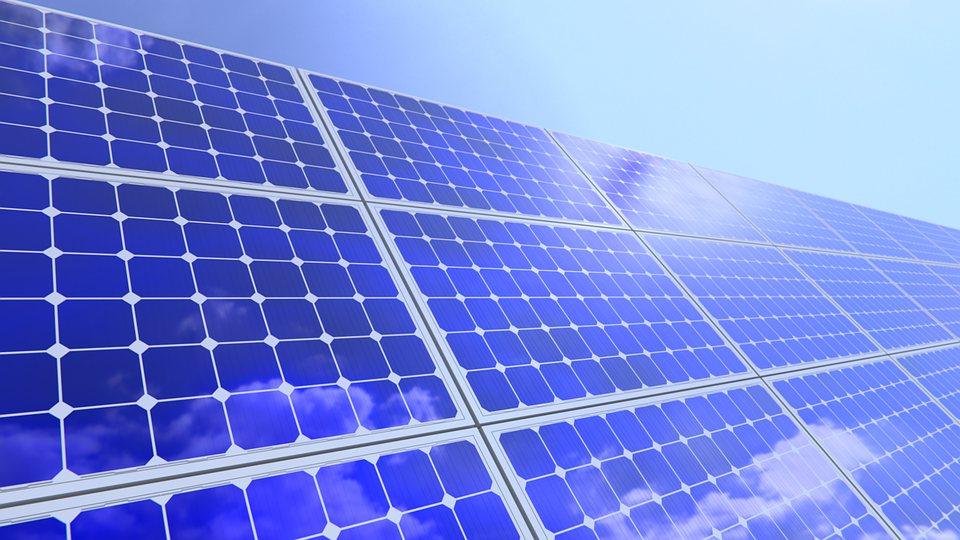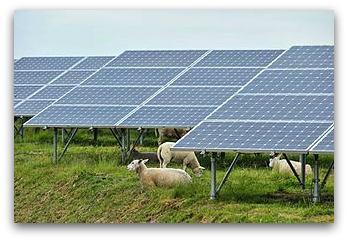MIT researcher have developed the first steps to creating the thinnest, lightest solar cell ever made.
Through a unique fabrication method, the researchers are moving toward the development of a solar cell so thin it could blow away. Instead of a solar cell’s typical makeup, the MIT researchers have opted for a unique fabrication of creating each layer at the same time.
This from Popular Science:
Solar cells are typically made up of layers of photovoltaic materials and a substrate, such as glass or plastic. Instead of the usual method of fabricating each layer separately, and then depositing the layers onto the substrate, the MIT researchers made all three parts of their solar cell (the cell, the supportive substrate, and the protective coating) at the same time, a method that cuts down on performance-harming contaminants. In the demonstration, the substrate and coating are made from parylene, which is a flexible polymer, and the component that absorbs light was made from dibutyl phthalate (DBP). The researchers note that the solar cell could be made from a number of material combinations, including perovskite, and it could be added to a variety of surfaces such as fabric or paper.
Read the full article.
To put the thinness of the solar cell in perspective, it is approximately 1/50th the thickness of a strand of hair. The light weight means that its power-to-weight ratio is particularly high, with an efficiency output of about 6 watts per gram (400 times higher than silicon-based solar cells).
The final trial for the researcher will be to translate the lab work to the real world, making it scalable and practical for commercial use.



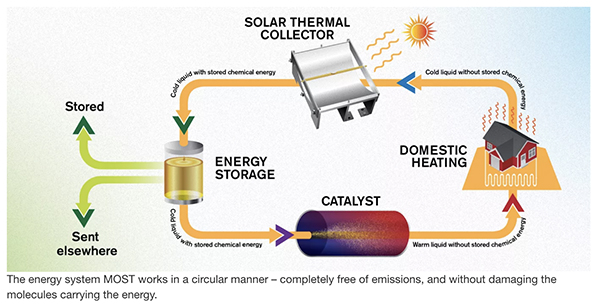
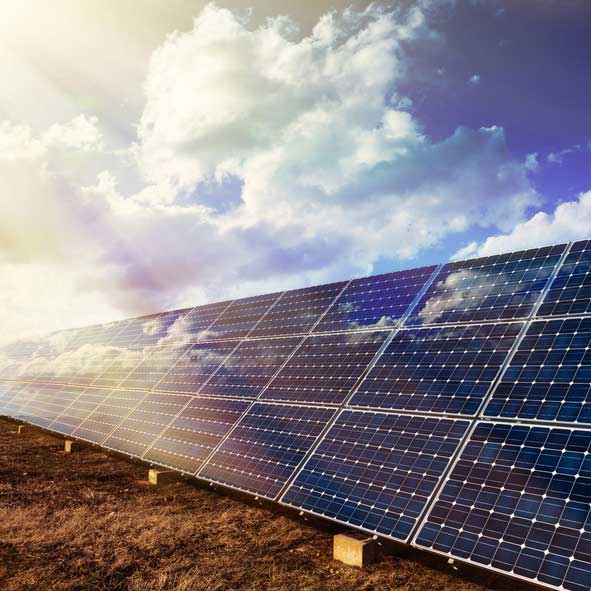 Falling costs for solar power
Falling costs for solar power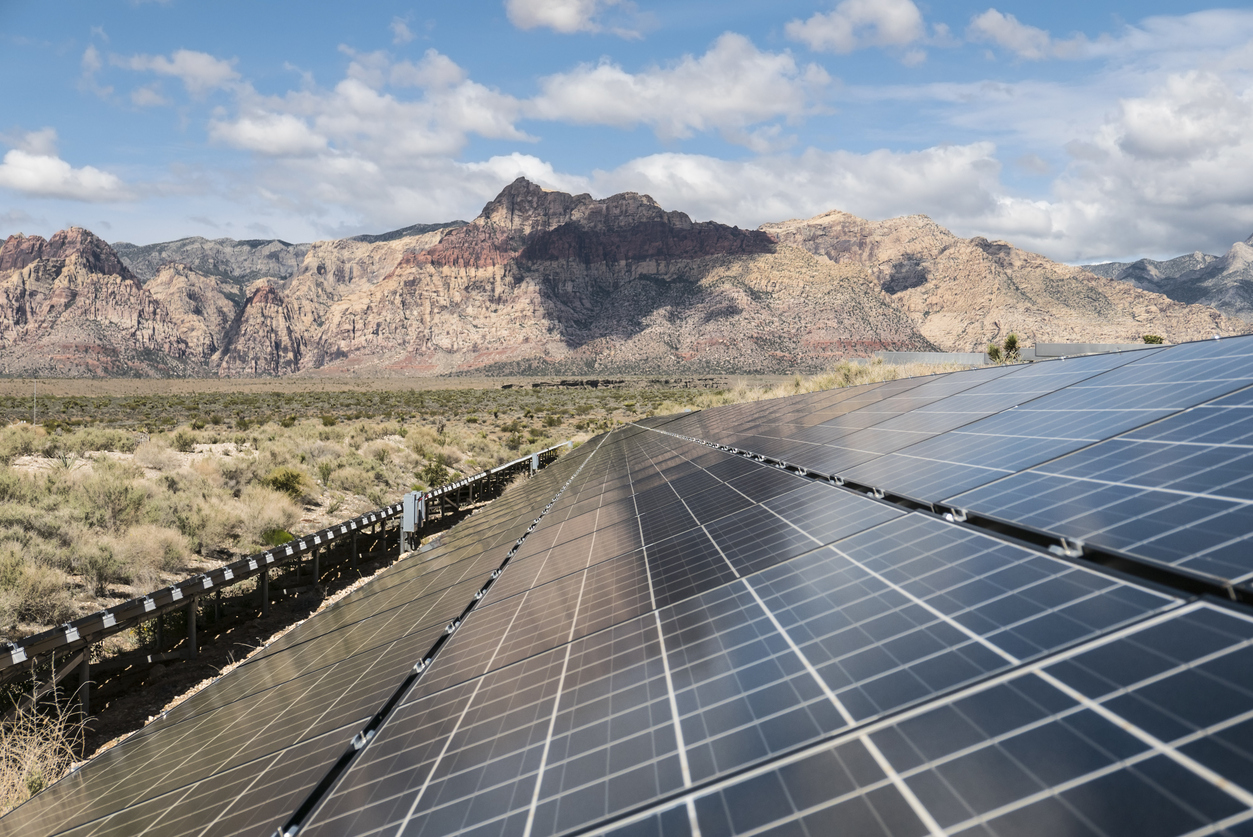 Editor’s note: On Jan. 22, 2018, the Trump administration announced plans to
Editor’s note: On Jan. 22, 2018, the Trump administration announced plans to  Recent trends in solar technology have led to transforming mundane surface to energy harvesting powerhouses. First, Elon Musk proposed his new
Recent trends in solar technology have led to transforming mundane surface to energy harvesting powerhouses. First, Elon Musk proposed his new 